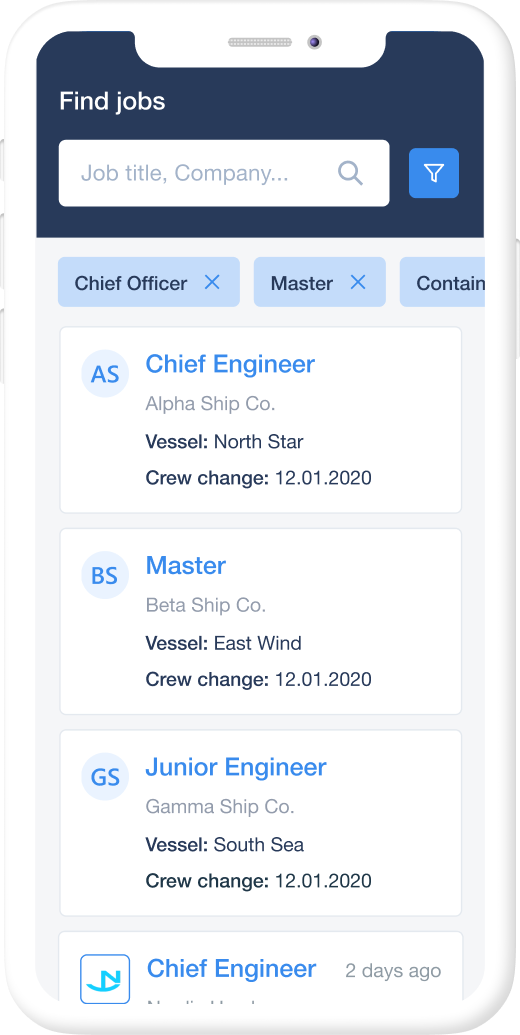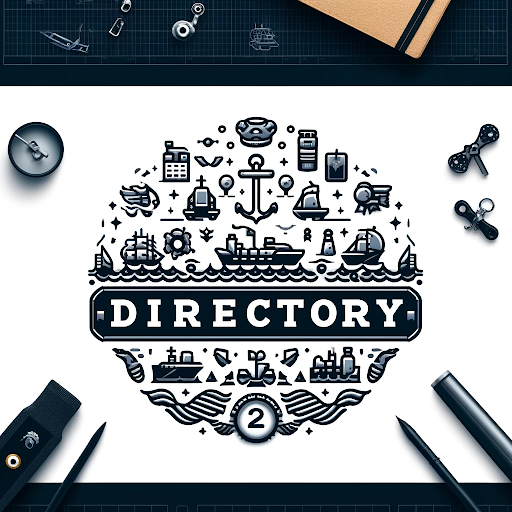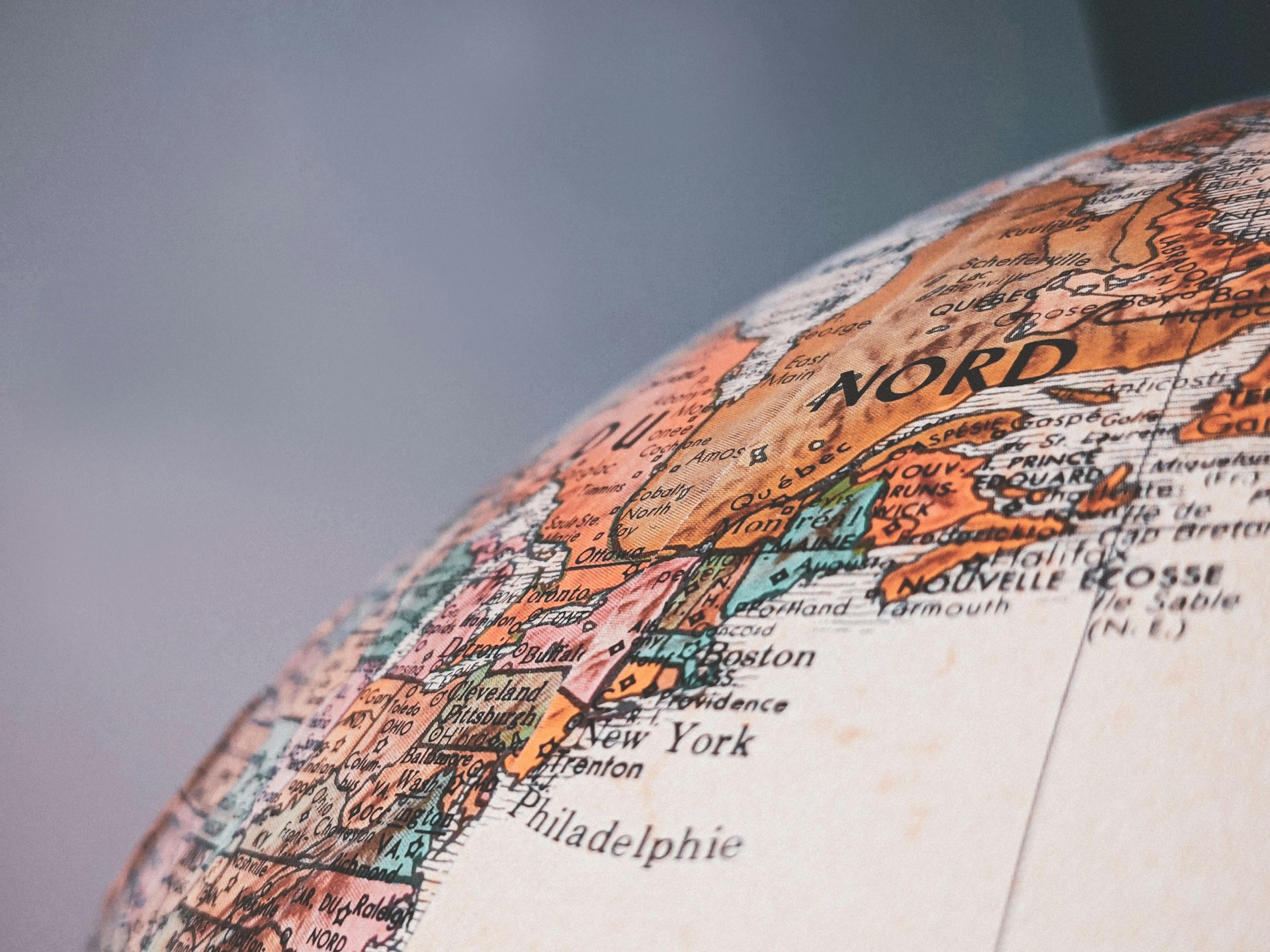How Does Smart Technology Help the Maritime Industry?
Dec 19, 2022 · 10 mins read ·
Maritime Industry
Smart technology keeps on catching up to the day to day living needs of everyone. From smartphones up to smart homes, its reach has already expanded to the seas and we now have smart ship technologies!
The term “smart” stands for Self-Monitoring, Analysis, and Reporting Technology. As the shipping domain adapts to this technological trend, we can look forward to improvements in terms of time management, higher output, and shipping efficiency.
Having this innovation implemented in the maritime industry, how can this help your life as a seafarer get easier and better while at sea?
Types of smart technology in the maritime sector
There are three elements of smart technology you can find in smart ships: Internet of Things (IoT), autonomous technology, and data analytics.
Internet of Things is the network of physical objects that makes use of sensors, chips, software, online connectivity, analytics, and applications for connecting and exchanging data with other systems over the internet.
Autonomous technology for ships refers to a software with the capacity to make a significant conclusion or decision result based on a variety of parameters.
Data analytics, the backbone of all new technologies, pertains to the science of collecting and sorting valuable information from analyzed stacks of raw data.
Diving further, here are some applications of these features in the maritime industry:
IoT on vessels
The Internet of Things (IoT) provides a remote control capability to the vessel operator or passengers.
For example, on passenger ships, individual cabins could be remotely controlled with the aid of an app or remote that guests would be provided with.
Lights, fans, doors and even objects could be closely monitored without even having to step foot in the rooms. This could greatly help in conserving energy on board.
In the event of an emergency, the master or captain of the vessel would have remote access to the cabins that could prevent doors from getting jammed when opened or closed forcibly.
IoT would enable control of hatch doors, bays, bulkhead systems and hydraulics in container ships or other cargo vessels that would save considerable time in operations.
This will also give the captain an enhanced level of control over machinery.
Digital cargo and bay arrangement optimization
In ports, some of the goods transported are high priority items that have specific delivery time frames, while others have longer time allowances and are not classified as immediate-transport goods.
This method of optimization helps in classifying and differentiating which cargo and loads need to go first and last based on their delivery time frame.
It is very important as prioritization can guarantee that goods for urgent transfer will arrive on time in their destination.
This practically streamlines the flow of commerce and commodities between ports.
Digital cargo and bay arrangement optimization also plays a big role in properly storing containers as they vary in size, weight, and destination – these factors make the order of arrangement very important in improving efficiency.
For example, heavier loads must be placed and positioned in such a way that they do not damage other containers and distort the stability of a vessel. Another case is if their destination is much farther, that needs to be noted as well.
With all the variables to consider, it is cost-effective to have technology such as digital optimization to design the best container bay arrangement.
Integrated control systems
These provide a unique solution to monitoring the systems and components of massive vessels.
Integrated control systems connect the parts of the ship to a central server. This can include propulsion, maneuvering controls, and communication.
With the consolidated overview on the server, the captain or officers can monitor the operation of any part of the ship anytime.
In case performance values such as engine rpm or equipment temperature exceed the accepted ranges, an alert will be forwarded to the concerned unit and to the bridge – improving the safety and maintenance of the vessel.
Digital ship route management
Ships take routes that are preset and have been planned considering ocean conditions, historic trends, and other factors. Operators sketch an accurate route that will take the least amount of travel time.
However, voyages may last several months and it will not be feasible to accurately predict conditions in advance.
This is where real-time route management can play a major role. It improves the journey duration and efficiency.
Considering the long time that ships stay at sea and the possibility that ocean conditions can vary drastically in a span of a few hours, it is vital that real-time data is available for ship operators to use.
Real-time data include port traffic, weather patterns, piracy alerts, and other variables. In addition, by allowing the software to handle the routing, an accurate path can be developed while on course.
Large data analysis
Data analytics involves mining of data and inferences drawn from large stacks of information that come from vast operation environments such as ships and ports.
Data may include container types, weights and destinations, or data about the ship itself such as trim, stability, engine performance and communication.
With all the thousands of ships and ports around the world, using all the gathered data in a constructive manner can be challenging.
Data analytics sorts, arranges, and attempts to correlate the multitude of information to draw useful conclusions.
Blockchain technology
Blockchain technology provides a quick, secure and transparent way of collecting payments from any place in the world.
When implemented properly, its advantages include lower transaction costs, process integrity, high data quality, configurable smart contracts, empowered networks, and many more.
Augmented Reality (AR)
This smart technology is being commonly used for seafarer training. It helps students learn through modifications of a real-life environment by adding sound, visual elements, or other sensory stimuli.
AR is also being used for inspections and efficient maintenance of vessels.
For instance, by using tools such as AR wearables and remote guidance software, repair and maintenance can be done using visual images and without the physical presence of a technician at the site.
It can also be used in the shipbuilding and design process, simulating virtual models which can resolve several issues at the early stage of designing before implementation.
Smart propulsion systems
This smart technology provides a greater degree of control in terms of pitch, angle, rack, and speed (to be controlled to exceedingly high tolerance values).
Entrusting control of the propulsion systems to this technology enables a computer to make decisions and control an equipment with a high level of accuracy.
This allows the captain to remain in control of the vessel. Marine engineers can also permit the software to monitor the status of the marine diesel engines so that they always remain within range.
Robotics, drones, 3D printing
Robots are already being used for security, maintenance, and inspections of vessels.
With that, companies have already started using robots in risky environments, like hull and underwater cleaning work, and for remote inspections of vessels especially during travel restrictions.
Drones also play a part in delivery of goods to vessels, security and surveillance, and remote inspections.
3D printing is utilized to resolve the issue of timely availability of spare parts onboard ships.
How does smart technology help the maritime industry? Conclusion
The use of smart technology in the maritime industry aims to ensure the safety of the people aboard a vessel, reduce the carbon footprint produced in this sector, and open avenues of creativity and innovation through research that will streamline operations.
If there's a tech enthusiast in you – this is your chance to pursue your love for technology!
We can help you land a job in this area or if you’re interested in exploring other options, we'll gladly assist you in finding your next seafarer post.
We’re often looking to recruit skilled crew members, like you, on behalf of our maritime industry clients. (Ready when you are!)
Sign up for free and create your profile or log in to your Martide account anytime to start your career with us.
Don’t forget that you can also start your journey and apply for any of our vacancies using our free mobile app.
You can also download the app from Google Play for Android and from the Apple Store for iPhones and iPads.

Nathaly Seruela
Former content writer at Martide.






